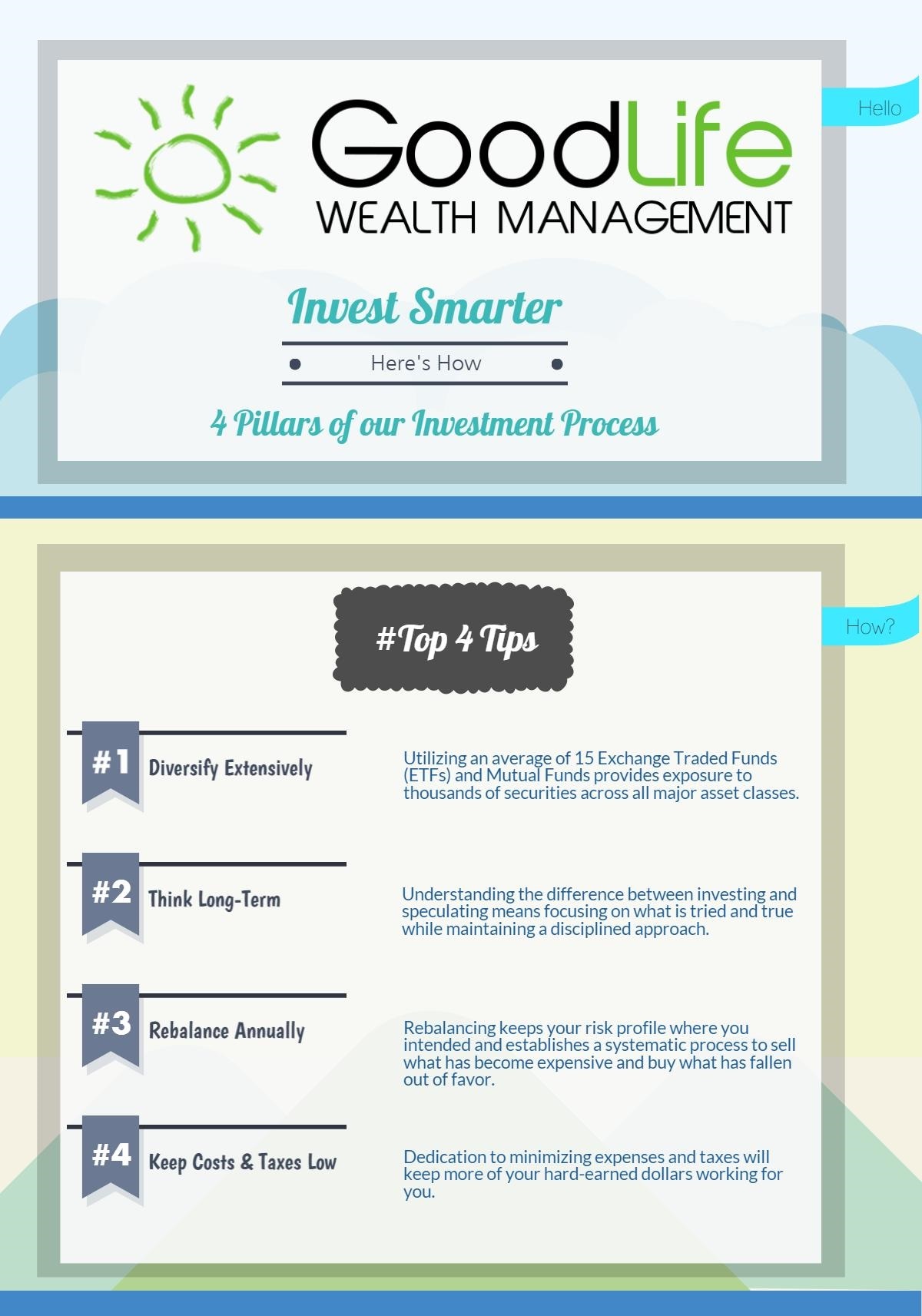One of the more counter-intuitive financial concepts to embrace is reversion to the mean. Markets tend to behave in fairly consistent ways over the long-term. Wharton Finance Professor Jeremy Siegel examined 200 years of stock market returns and found that the average after-inflation rate of return of stocks, in all periods, was between 6.5% and 7.0%. This phenomenon has been named “Siegel’s constant” by economists. Even though the market can be down for 1 year or even 10 years, when we look at longer periods of 20 or more years, real returns have been remarkably uniform.
Investors are rewarded for their patience because returns do revert to the mean. This is an easy concept to understand, but the resulting decisions are often difficult to embrace, because they often require doing the opposite of what is currently working. When the tech sector was booming in the 1990’s, Blue Chip dividend stocks lagged, but that is precisely what you should have been buying in 1999 to avoid the subsequent meltdown in the over-valued tech stocks. This is obvious in hindsight, but at the time, it was very difficult to choose a lagging value fund, when you could have put your money into a hot sector fund that had returned 50% or more in the previous year.
One of the easiest ways to use mean reversion to your benefit is through rebalancing. When our positions deviate by more than 10% from our targets, we trim what has out performed and we purchase what has under performed. Besides helping us maintain our target allocation and risk profile, rebalancing can be beneficial by buying what is out of favor when it is on sale. The same benefit occurs when you dollar cost average in a volatile or declining market, or when you reinvest dividends over time.
A number of years ago, an analyst from Research Affiliates was visiting Dallas and dropped by my office to share a recent white paper they had produced on factors effecting index performance. They ranked stocks by factors such as momentum, and then tracked the performance of the stocks with either high or low momentum. Strangely, both the high and low momentum segments had a better long-term number the overall Index. At first, I thought this must have been a mistake, thinking both halves should equal the average of the whole index. But what was actually occurring was that the ranking process was in effect an annual rebalancing, dropping stocks from that segment when they peaked (in the high momentum category), and then adding them when they were out of favor (to the low momentum category). This annual rebalancing was actually a significant driver of investment returns.
The counter-intuitive part of rebalancing is that instead of buying what is working, you must buy what is lagging. This works for broad asset classes, but you should not apply this approach to individual stocks, lest you buy more of the next Enron. Stocks can go to zero, but categories do not.
And that brings us to today’s market. With volatility spiking in the third quarter, we have leading and lagging segments for 2015. Here are three categories of special interest today, in terms of reversion to the mean.
1. Growth continues to outperform value in 2015. Through October 16, the iShares S&P 500 Growth (IVW) is up 3.53% while the S&P 500 Value (IVE) is down 3.27%. The Growth ETF outperformed the Value ETF in 2014, 2013, and 2011. Over the past five years, the annualized return on the Growth ETF is 14.88% versus 12.52% for the Value ETF. Historically, Value outperforms Growth, and that is the case over the past 15 years for these two ETFs. Currently, Growth is in favor, but I think the smart approach for investors is to believe that the returns will be mean-reverting, and we will eventually, if not soon, see Value return to favor. Currently, Growth is benefiting from high returns from tech and health care sectors, which appear to be getting frothy. Value is being held back by energy stocks, which have been very weak this year. Our approach: we own a broad market index (iShares Russell 1000) which has both Growth and Value segments, plus we own a Value fund with a terrific long-term record of good risk-adjusted returns.
2. Emerging Markets have lagged Developed Markets. Through October 16, the Vanguard Emerging Markets ETF (VWO) is down 6.82%, compared to the iShares Russell 1000 (IWB) which is up 0.20%. The Emerging Markets ETF was also down in 2014, 2013, and 2011. Why would we want to hold such a perennial loser? Mean reversion, of course. While EM is currently out of favor, those stocks are becoming cheaper and cheaper while developed stocks are becoming increasingly expensive. Let’s look at a couple of metrics: for VWO, the Price to Earnings ratio is 11.75 and the Price to Book ratio is only 1.46. US Stocks (IWB) are much more expensive, with a PE ratio of 17.16 and a PB ratio of 2.26. The more concerned you are about US Stocks, the more you should want to own EM stocks. So despite a very difficult Q3 for Emerging Markets, we will continue to own the segment and will rebalance as needed in portfolios.
3. High Yield Bonds are down. The SPDR Short-Term High Yield (SJNK) is down 1.88% through October 16, while the Barclays Aggregate Bond Index is up 1.56% to the same date. As the price of high yield bonds declined this year, yields increased and the spread over Treasury bonds has widened, offering a better risk/return profile than previously. The yield on the 10-year Treasury remains around 2.1% today, while the SEC yield on SJNK has increased to 6.81%. But this is more like a series of popular online friv games than what is described above. That’s not to suggest that high yield bonds are risk-free, but the mean reverting approach suggests that the sell-off in high yield presents an opportunity relative to Treasuries.
Understanding the reversion to the mean is crucial for investors to offset the behavioral influence of recency bias. Recency bias is the natural tendency to mentally overweight the importance of recent events and to disregard a more rational decision making process. For example, if a coin turns up “heads” four times in a row, people are more likely to assume that the streak continues, even though the chance of the next coin toss remains 50% heads and 50% tails. The more coin tosses you make, the closer you will get to 50/50 over time. That’s mean reversion. If you understand this concept, you are less likely to make the mistake of assuming that last year’s hot sector, fund, or stock is the best place for your money today. Instead, you’ll realize that rebalancing is a smarter process than chasing past returns.
Data from Morningstar, as of October 18, 2015.













